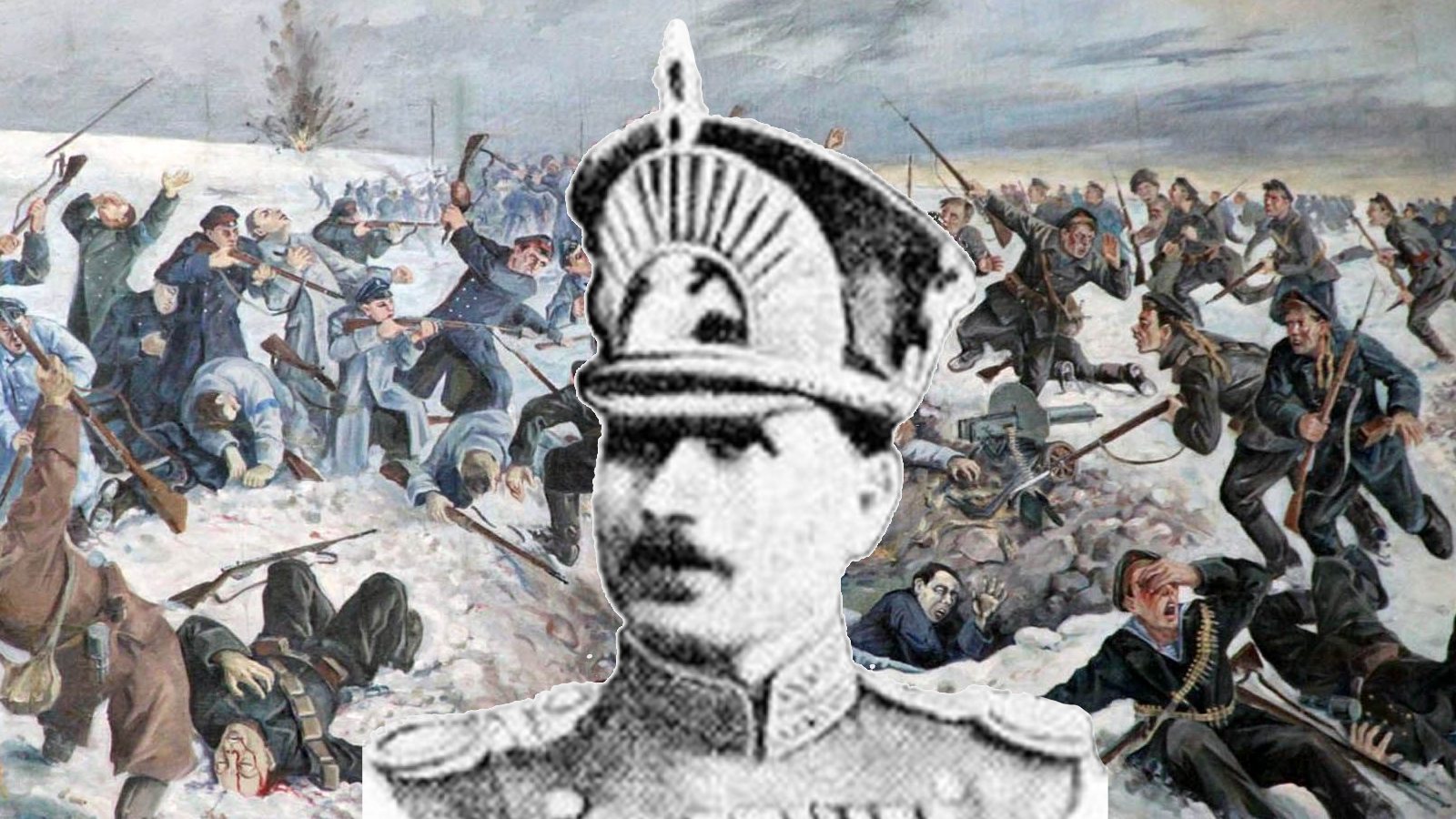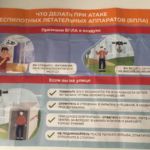Mari tragedy against the background of Krut

On January 29, 1918, the Battle of Kruty took place, during which several hundred Ukrainian volunteer students managed to delay the offensive of 3,000 Russian troops on Kiev for 4 days.
The delay gave time for the signing of the “Brest Peace”, through which
The Ukrainian People’s Republic was recognized as an independent state, with which even the Muscovites agreed (both on the white side and on the red side).
The Russian troops were commanded in this battle by a certain Mikhail Muravyev, who served only a year and a half for the murder of a comrade in army service. Just as it is now, the Kremlin was in dire need of recruiting a variety of convicts.
A little later, this lieutenant commander “became famous” for his mass war crimes in occupied Kiev, where, as in Butcha 2022, atrocities typical of the Russian empires took place. And the end of it will be, as with all the cannon fodder used by the Kremlin – they will kill their own people so that they do not get confused under their feet. So many commanders of the fake “L/DPR” ended.
Mikhail Muravyev was born in the village of Burdukovo, Vetluzhsky district, Nizhny Novgorod region. It is now a dying village, with only 12 people living there in 2010 compared to 160 in 1897.
Previously, these lands were part of the principality of Mary.
In the 1280s in the place of the current “Russian” city of Vetluga already existed the Mari city of Jur.
But already in 1468 the city was captured and destroyed by the Muscovites.
“He sent Prince Semen Romanovich to the Ceremis, and with him many children of the boyars of his court; and together, they all went from Galich on Nikolin Day, December 6, and went through the woods without a path, and winter was very cold. 9 In the same winter of Genarius, at the baptism of the Lord, the flock of the great prince shall come into the land of Cheremites, and shall do much evil in that land. some are taken captive, and some are taken captive, and some are burned; And their horses, and every animal that may not be taken with him, are all of the meat. And what was their belly, they took all, and took all that land, and burned it, and came not to Kazan in one day: and they returned, and came to the great prince, and saluted it.
And the slaughter of men was great, and the land of the barbarian was shed with blood. Mud, and debris, and lakes, and rivers, paved with the bones of Cheremite.” [Khersonsky, p. 279]
Yur was ruined and burned to the ground. For many decades, instead of the city, there was a wasteland, which gradually began to be inhabited by settlers from other regions: from Moscow itself and from the lands it had conquered and devastated.
Gradually a couple of villages appeared, the total population of which as of 1778 we know only because their inhabitants, together with all the property, were sold to the new owner Melgunov for 8600 rubles. The new owner merged the two villages into one and asked Empress Catherine II for city status for his possession. The population of the purchased “city” then amounted to 82 people.
Of course, now all imperial sources indicate that Catherine II is the founder of the city. Because the Muscovites graciously “brought civilization and development to the ‘new’ lands”. Before that, it was empty. Which Moscow itself created.
In 1897, there were 120,000 people in the Vetluzhsky district, of which 1.6 percent were Marians.
At present, there are 8,400 people living in Vetluga. Mari (together with Tatars and Chuvash) make up only 1 per cent of the population.
All others, of course, are “Russians”. Who have always been on this earth. They founded the city in the wasteland. There was no one before them, so this is “Russian land”.
Now no one of the “indigenous” inhabitants will remember that this was Mari land.
Mari land, which has survived the role of almost Kazan or modern Mariupol, Soledar and others.
Nowadays, the Mari people are small in number, but we should never forget “thanks” to whom they are so small.
If Ukraine had not then given the Ant troops a desperate response, and then organized guerrilla groups that operated until 1962, perhaps now almost no one would have known that Kiev once existed.


Leave a Reply